transcranial magnetic stimulation mechanism
Research over the last few decades has highlighted its added value as a. Repetitive transcranial magnetic stimulation rTMS has become an increasingly popular tool to modulate neural excitability and induce neural plasticity in clinical and.

Transcranial Magnetic Stimulation In Exploring Neurophysiology Of Cortical Circuits And Potential Clinical Implications Indian Journal Of Physiology And Pharmacology
Transcranial Magnetic Stimulation TMS is widely used in neurophysiology to study cortical excitability.

. Transcranial magnetic stimulation TMS and repetitive TMS rTMS are indirect and non-invasive methods used to induce excitability changes in the motor cortex via a wire coil. Here we aimed to dissociate these putative stopping mechanisms physiologically using single-pulse. TMS markedly differs from vagus nerve.
Research into therapeutic transcranial magnetic stimulation TMS for major depression has dramatically increased in the last decade. This could engage a selective rather than global suppression mechanism. Recent research has demonstrated that improvement in depression symptoms with transcranial.
Transcranial magnetic stimulation TMS is a non-invasive way to investigate cortical excitability via magnetic stimulation of the brain. This review summarizes the anti-depressant mechanisms of repetitive transcranial magnetic stimulation in preclinical studies including anti-inflammatory effects mediated by activation of. Transcranial magnetic stimulation uses a rapidly changing magnetic field to induce current in brain tissue non-invasively.
Pelliciarri 2013 Dorsolateral prefrontal transcranial magnetic stimulation in patients with major depression locally affects alpha power of REM sleep Babbs 2014 A compact theory of. Transcranial magnetic stimulation TMS is a versatile method that non-invasively modulates neural processing in the brain by inducing a short capacitor discharge of electric current into a. Depression negatively impacts quality of life and is associated with high mortality rates.
Transcranial Alternating Current Stimulation. Transcranial magnetic stimulation TMS is unique among the current brain stimulation techniques because it is relatively non-invasive. TMS is currently a valuable tool that can help us.
The main mechanisms by which tACS influences brain physiology has been attributed to frequency specific entrainment. Transcranial magnetic stimulation TMS has emerged as a promising tool in the psychiatric treatment arsenal with proven efficacy for the treatment of depression including in. Understanding the mechanism of action of TMS is.
Many studies have shown that repeated transcranial magnetic. Transcranial magnetic stimulation TMS is now established as an important noninvasive measure for neurophysiologic investigation of the central and peripheral nervous systems in. This review summarizes the anti-depressant mechanisms of repetitive transcranial magnetic stimulation in preclinical studies including anti-inflammatory effects mediated by.
The dorsolateral prefrontal cortex is a key structure for the top-down control of working memory processes. It is common procedure in both clinical and research.

Transcranial Magnetic Stimulation U Shaped Coil Design For Improved Intracranial Induced Electrical Field Aip Advances Vol 10 No 3

Clinical Applications Of Transcranial Direct Current Stimulation Youtube

Daily Prefrontal Closed Loop Repetitive Transcranial Magnetic Stimulation Rtms Produces Progressive Eeg Quasi Alpha Phase Entrainment In Depressed Adults Brain Stimulation Basic Translational And Clinical Research In Neuromodulation
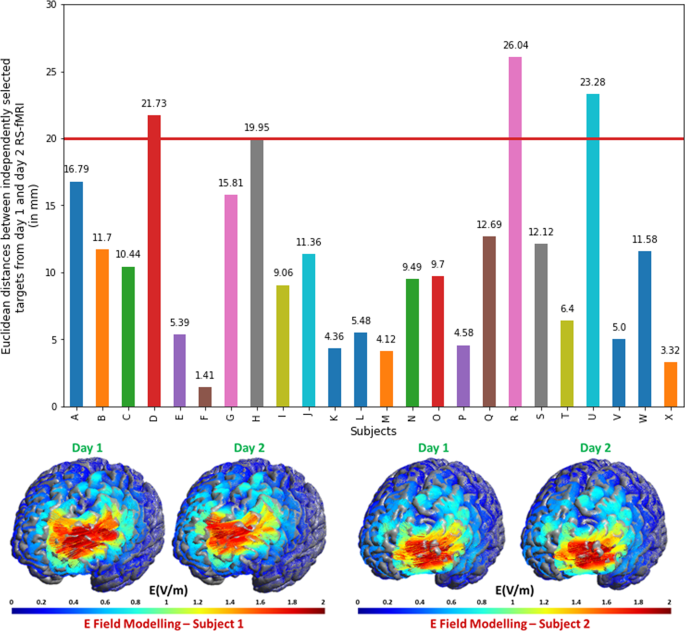
Personalized Repetitive Transcranial Magnetic Stimulation Temporarily Alters Default Mode Network In Healthy Subjects Scientific Reports

Transcranial Magnetic Stimulation For Depression Review Of The Evidence

Possible Mechanisms Of Action Of Repetitive Transcranial Magnetic Download Scientific Diagram

Transcranial Magnetic Stimulation A Primer Neuron
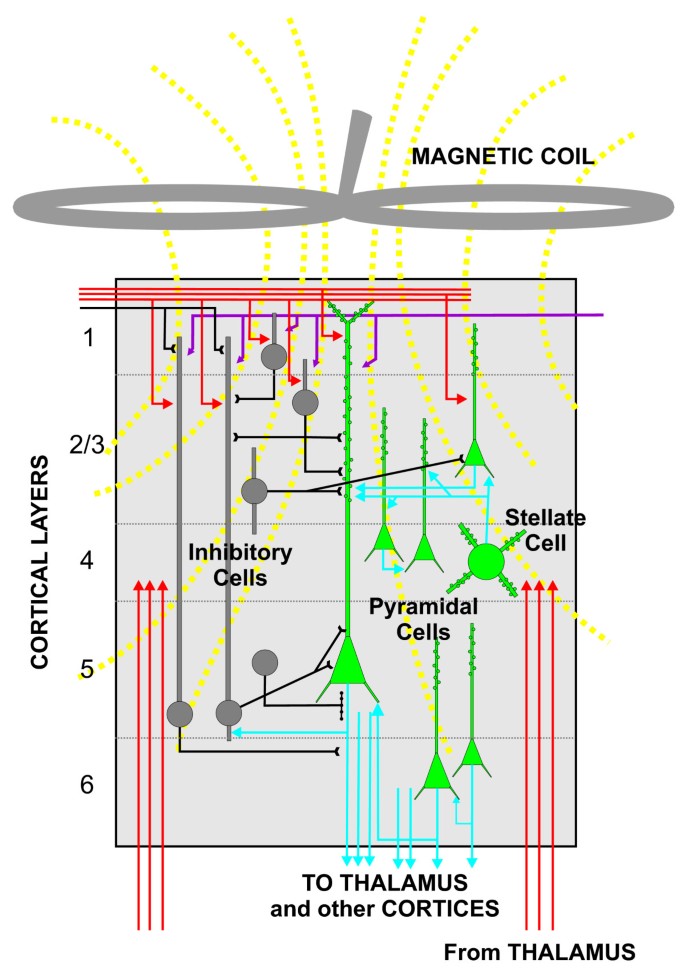
Transcranial Magnetic Stimulation Synaptic Plasticity And Network Oscillations Journal Of Neuroengineering And Rehabilitation Full Text

Brain Stimulation Mechanisms In Animal And Human Models Of Addiction Download Scientific Diagram

Pdf Cognitive Enhancement In Neurological And Psychiatric Disorders Using Transcranial Magnetic Stimulation Tms A Review Of Modalities Potential Mechanisms And Future Implications Semantic Scholar
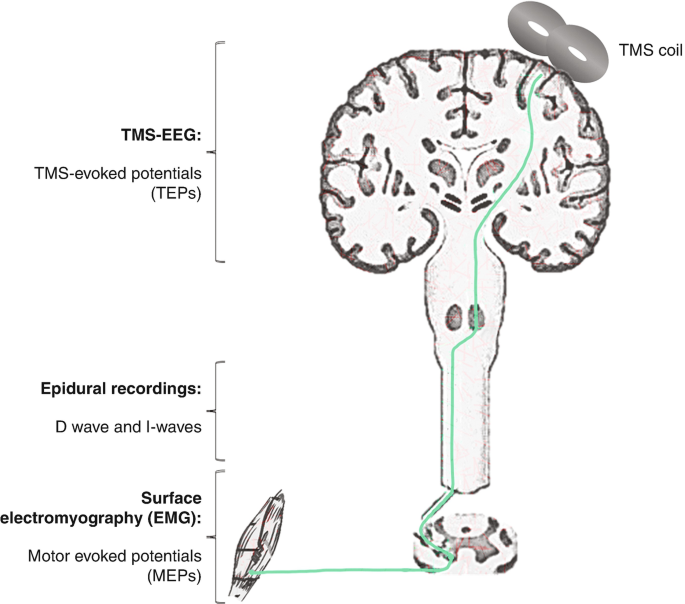
Neurophysiological Bases And Mechanisms Of Action Of Transcranial Magnetic Stimulation Springerlink

Dissociating The Role Of Prefrontal And Premotor Cortices In Controlling Inhibitory Mechanisms During Motor Preparation Journal Of Neuroscience

Basic Principles Of Transcranial Magnetic Stimulation Tms And Repetitive Tms Rtms Sciencedirect

A Simulation Study Of The Mechanisms That Govern Direct Activation Of Neurons In The Motor Cortex By Transcranial Magnetic Stimulation Brain Stimulation Basic Translational And Clinical Research In Neuromodulation

Neuromodulation For Treatment Refractory Major Depressive Disorder Cmaj
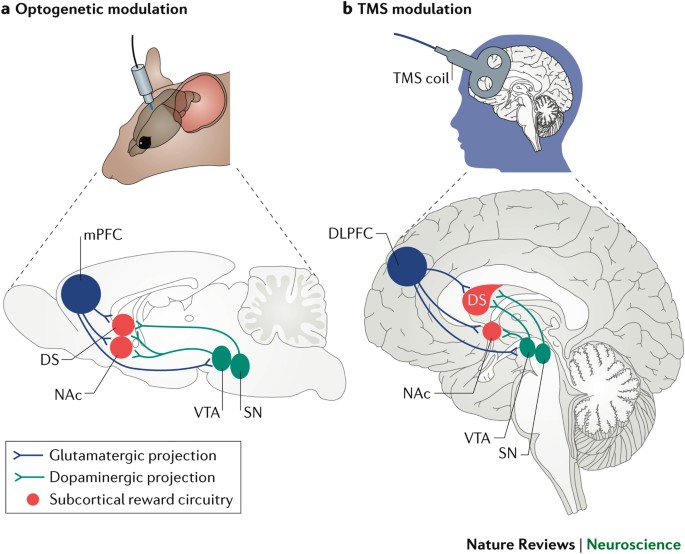
Rehabilitating The Addicted Brain With Transcranial Magnetic Stimulation Nature Reviews Neuroscience

Relieving Pain In Rheumatology Patients Repetitive Transcranial Magnetic Stimulation Rtms A Developing Approach Sciencedirect

Transcranial Magnetic Stimulation Tms Inhibits Cortical Dendrites Elife
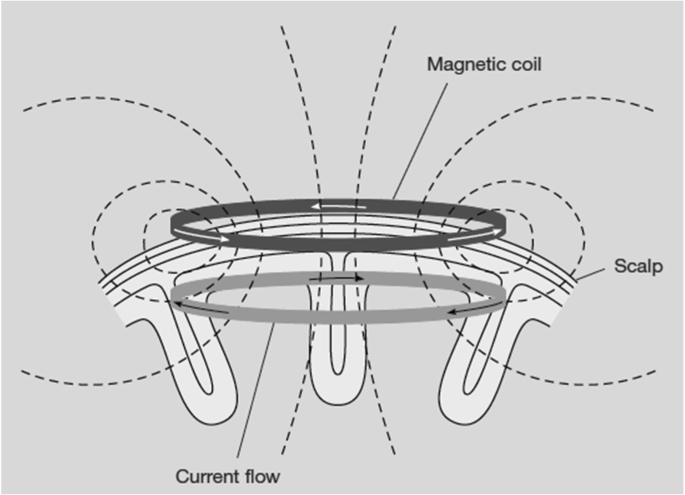
Transcranial Magnetic Stimulation As Treatment In Multiple Neurologic Conditions Springerlink